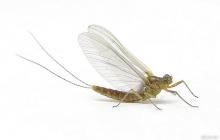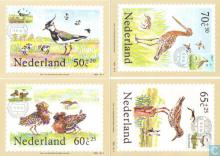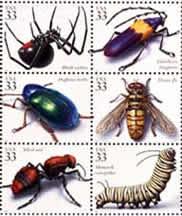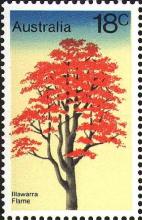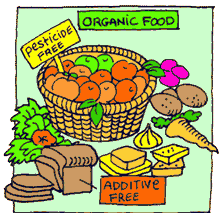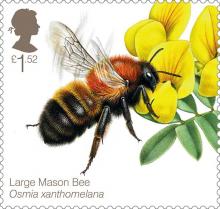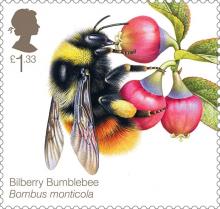Decades of bat observations reveal uptick in new causes of mass mortality
Reports of bat deaths worldwide due to human causes largely unique to the 21st century are markedly rising, according to a new USGS-led analysis published in Mammal Review. Collisions with wind turbines worldwide and the disease white-nose syndrome in North America lead the reported causes of mass death in bats since the onset of the 21st century. These new threats now surpass all prior known causes of bat mortality, natural or attributed to humans. A comprehensive study reveals trends in the occurrence and causes of multiple mortality events in bats as reported globally for the past 200 years, shedding new light on the possible factors underlying population declines. "Many of the 1,300 species of bats on Earth are already considered threatened or declining. Bats require high survival to ensure stable or growing populations," said Tom O'Shea, a USGS emeritus research scientist and the study's lead author. "The new trends in reported human-related mortality may not be sustainable."



